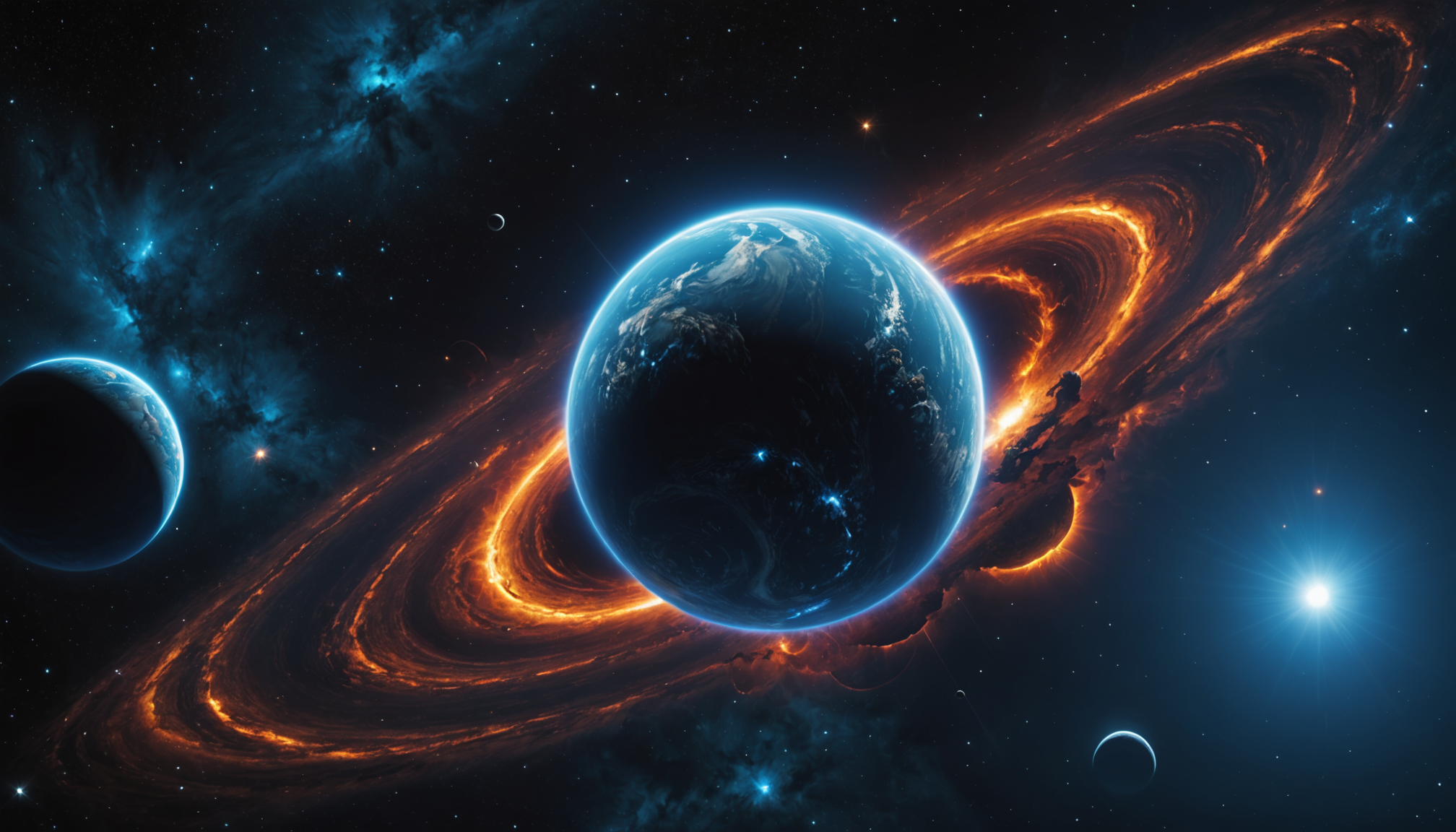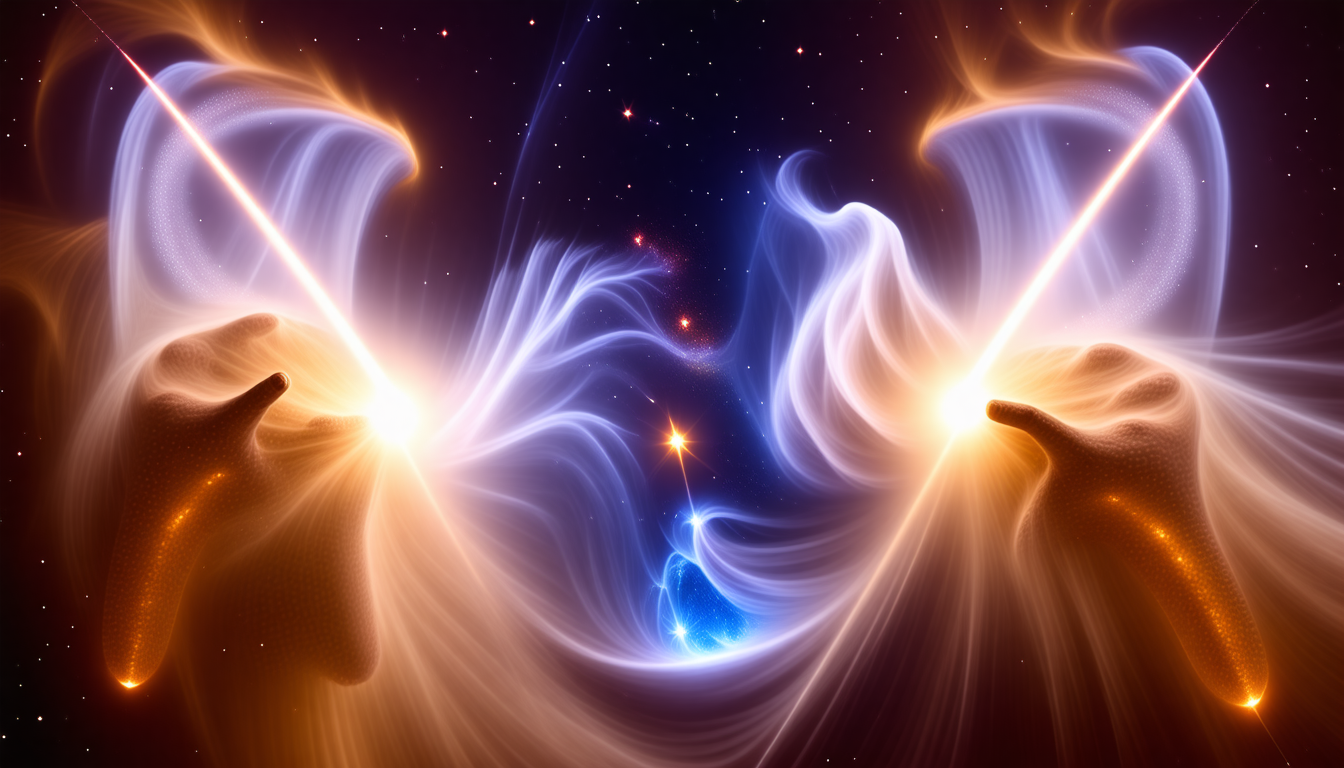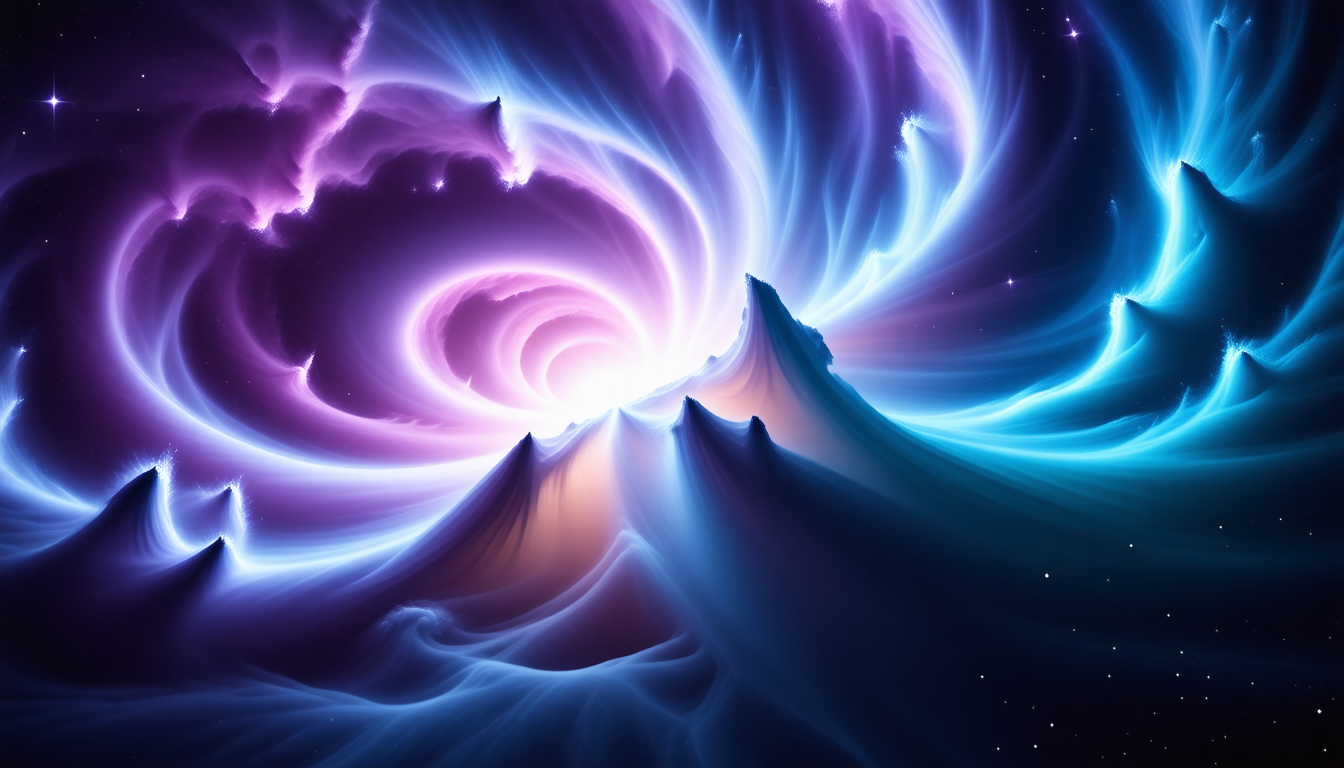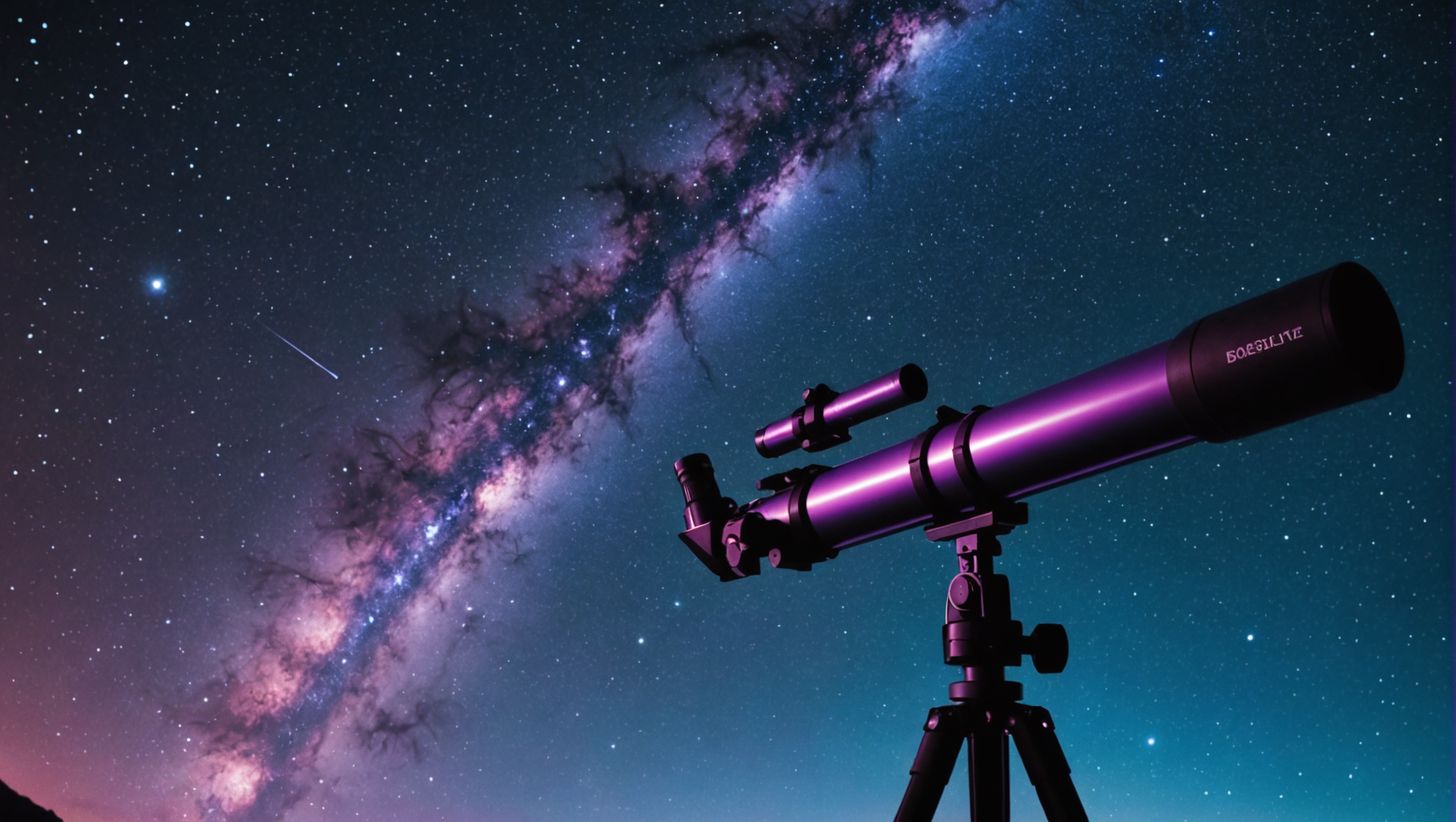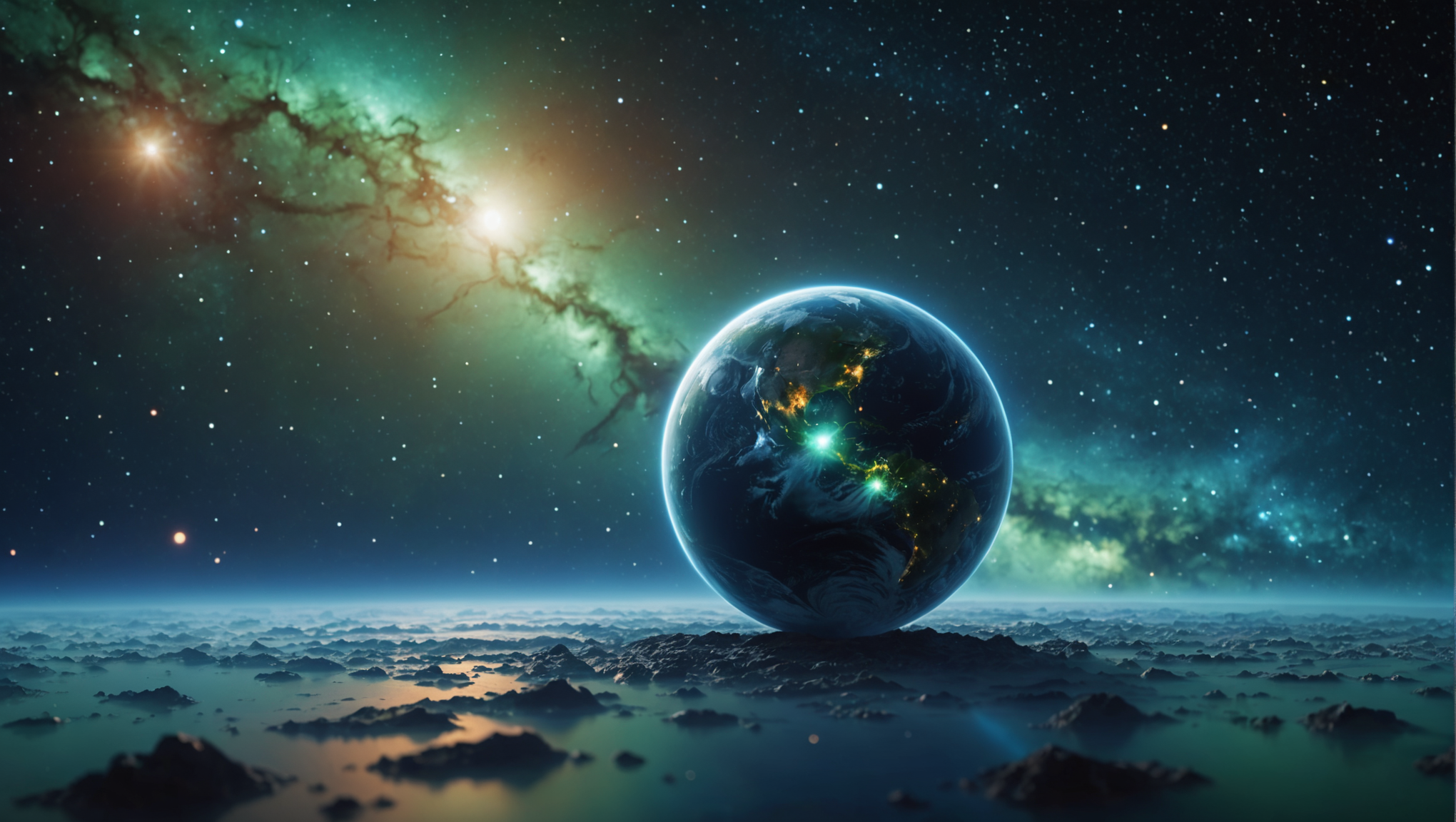K2-18b Unveils Cosmic Possibilities
Amidst the cosmic ballet of stars and planets, one exoplanet stands out with a tantalizing mystery that has recently caught the attention of scientists and the media alike: K2-18b. Nestled in the habitable zone of its host star, a red dwarf in the constellation Leo, K2-18b has reignited our hopes and questions regarding the existence […]
Read the full story